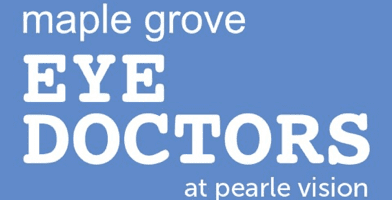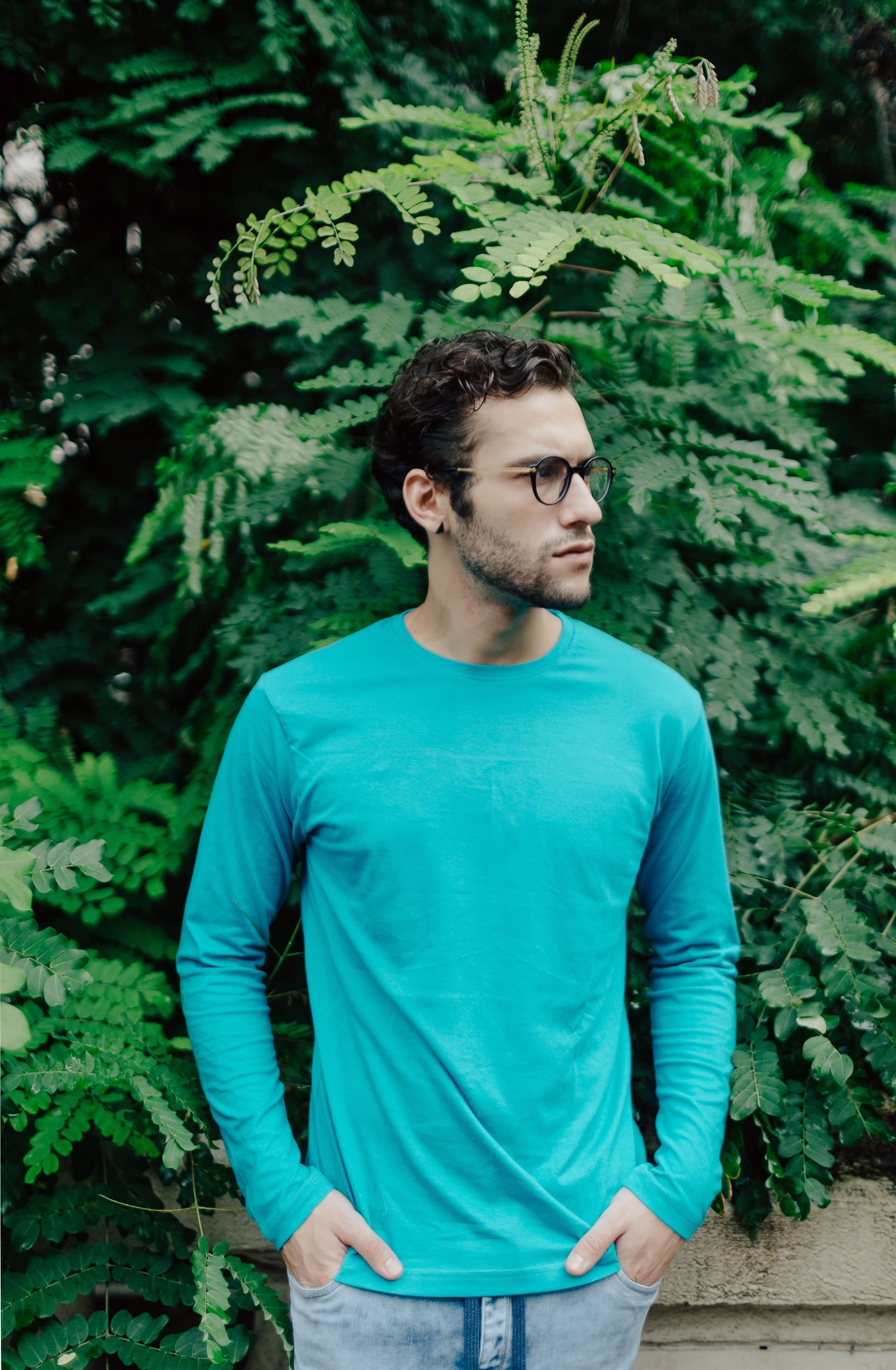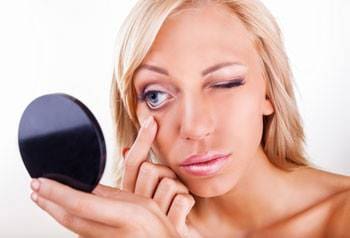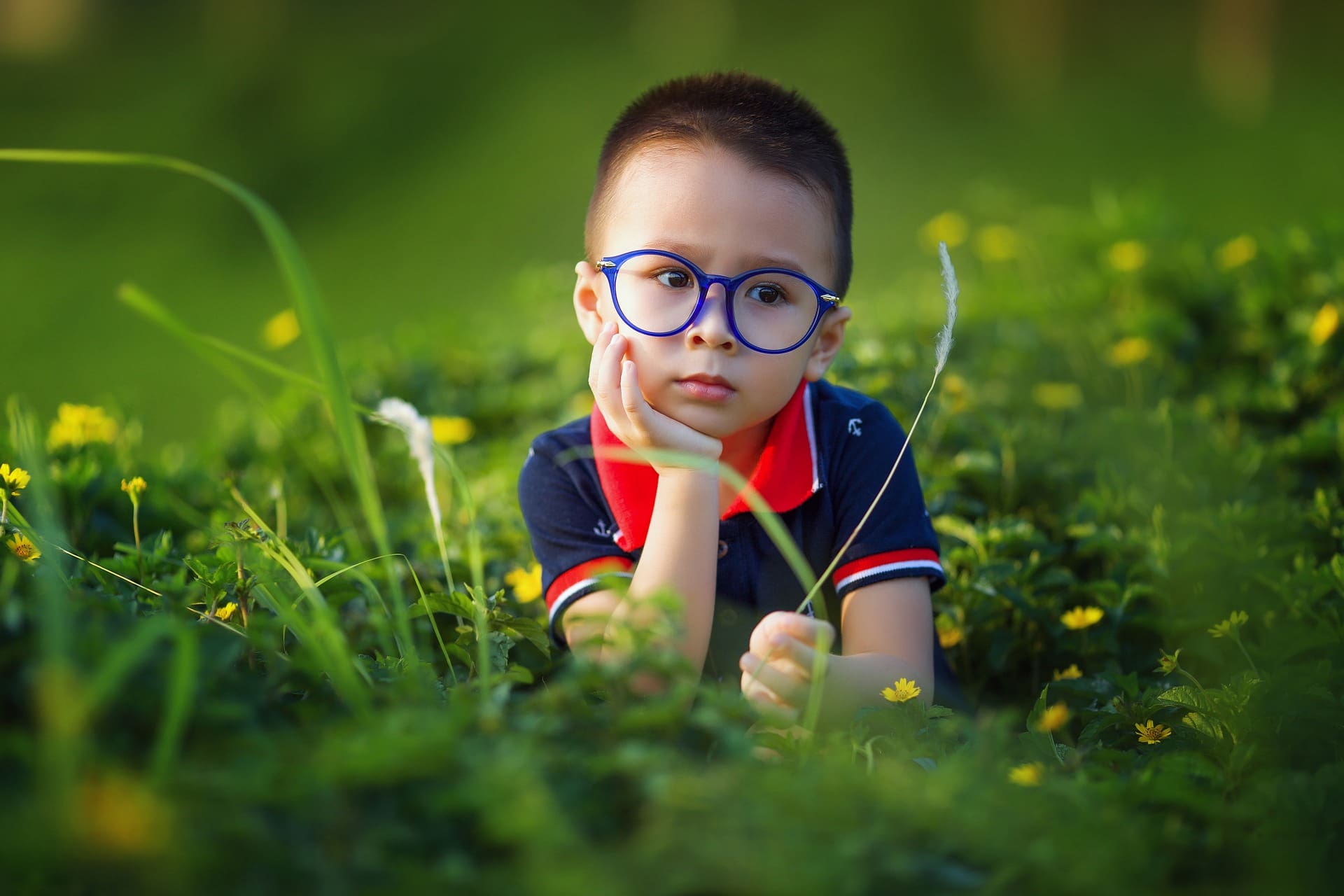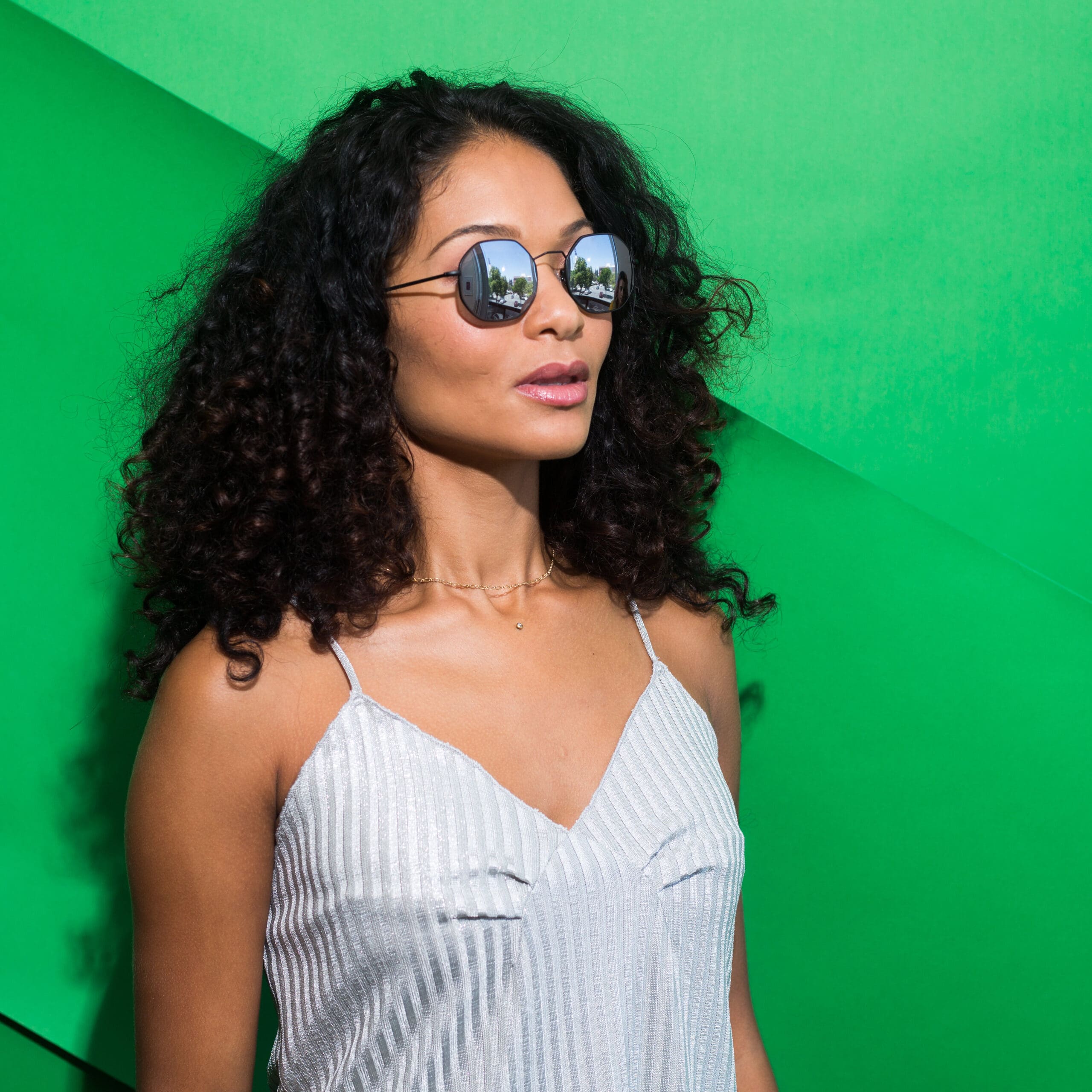WHICH SCREEN IS BEST FOR YOUR EYES?
Whether you are working, reading, or mindlessly scrolling social media, screens are our constant companion these days. If you’ve noticed your eyes are feeling more tired, dry, and irritated than ever, that’s because of our new best friend, the screen as well.
In order to keep our eyes hydrated, our body is internally wired to blink roughly every 13 seconds, releasing the oil that makes up our tear film with every blink. But when we are looking at screens, our blink rates plummet by66%, meaning less tear film released onto the surface of the eyes, and thus drier eyes.
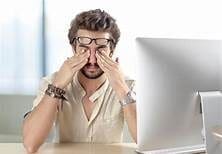
| Which screen is the best for your eyes? Studies show that smaller screens with lower brightness settings, like e-readers or smartphones are the best for visual comfort and ocular surface health |
Reducing screen time may not be that easy, especially since the onset of the COVID19 pandemic, average screen time use in the United States has skyrocketed, with the average American adult increasing from roughly 10 hours per day reported in 2019. to 13 hours per day in 2020.
Can we potentially reduce our symptoms of dry eye by at least choosing the least irritating device to look at?
A new study published in Optometry and Vision Science explored just this and found that the screen that you use does in fact matter! Participants were then asked to read for 15 minutes on a laptop computer screen, tablet, e-reader, or smartphone and the ocular surface measurements and questionnaires were repeated.
The Results
The very best ocular surface health and reported comfort were found when participants read on e-readers or smartphones. Reading on the laptop computer produced the worst disturbances of both ocular surface findings and questionnaire indices.

Interestingly, the study also compared these results with and without the use of artificial tears. Using artificial tears had no statistically significant effect on any of the ocular surface findings.
Why does using an e-reader or a smartphone help reduce dry eye signs and symptoms over reading on a computer?
Study author Cristian Talens-Estarelles, MSc writes that the improved dry eye results with e-readers and smartphones are most likely “attributed to a lower gaze angle and the enhanced optical properties of the e-reader,” noting that “the e-reader reflects rather than emits light from behind the screen, similar to how a printed paper behaves.”
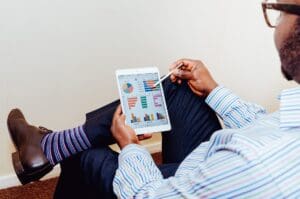
The advantages of reading from a smartphone or e-reader on the comfort and ocular surface health of our eyes include:
- Smaller screen size. While it may be tempting if your eyes are bothering you to request a larger or even second monitor for work, thinking that a bigger viewing area will make things easier, the science actually shows making monitors larger or using multiple screen monitors is much more uncomfortable for the eyes. Larger or multiple screen monitors require our eyes to be open wider and slow blink rate down as our brain focuses on peripheral vision to scan between multiple displays.
- Lower angle of gaze. Research shows that viewing screens with a downward gaze (15-20 degrees below eye level) is the most comfortable for the eyes because it encourages a more natural blink rate. A disadvantage of larger and multiple screen monitors is that they are typically positioned directly at eye level instead of in this downward position of gaze which increases discomfort significantly.
- Lower brightness levels. Reflections from our screens can cause significant visual discomfort, and studies show the screen we are looking at should never be brighter than the ambient room lighting. E-readers and smartphones, especially when Night-Shift mode is enabled, are superior options at reducing reflections and screen brightness to create a more natural viewing environment.
And with any screen use, don’t forget that TAKING BREAKS IS THE MOST IMPORTANT THING THAT YOU CAN DO!
For every 20 minutes that you are working, reading, or playing on a screen, you should take a 20 second break to blink and look down a hallway or out a window (20 feet away). This is called the 20/20/20 Rule and research shows it’s our best protection to keep eyes comfortable and blinking more naturally!
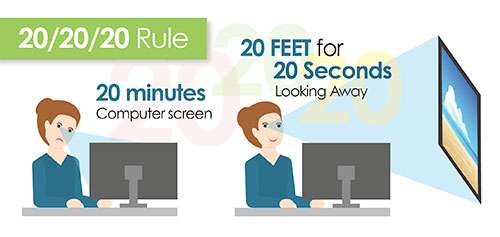
20-20-20 rule
